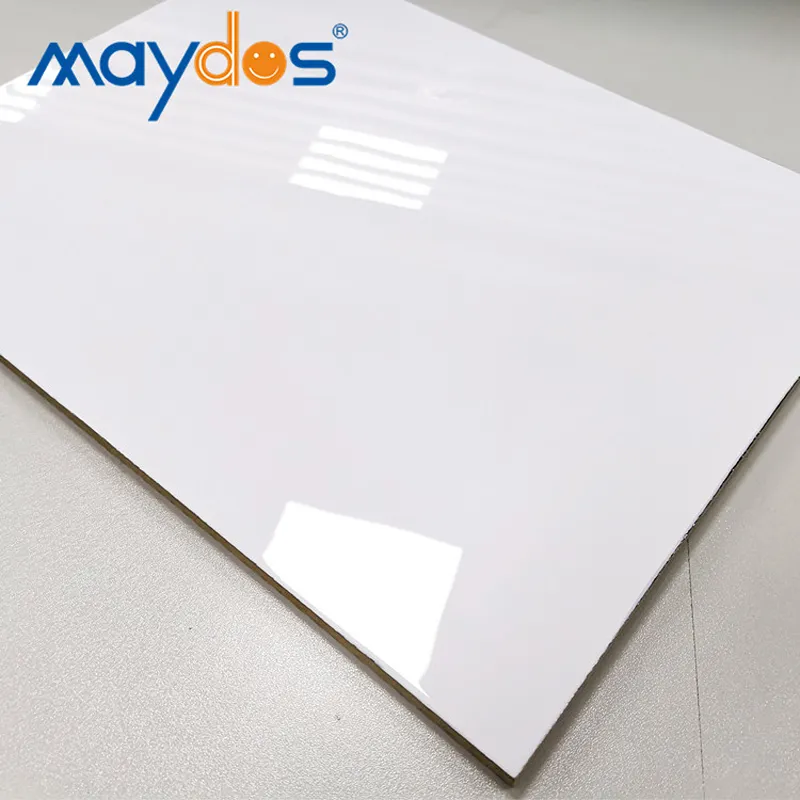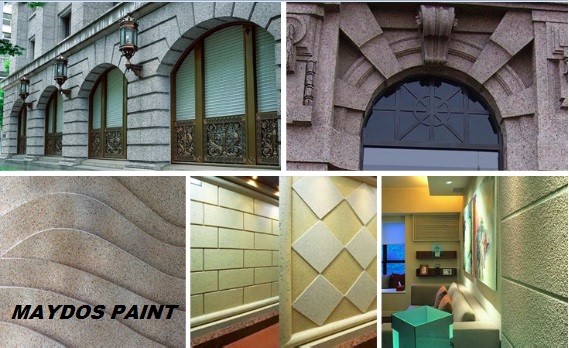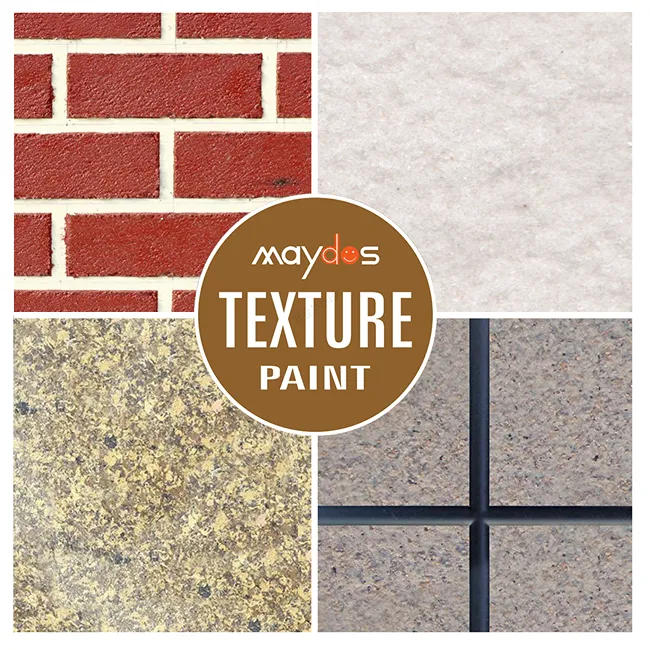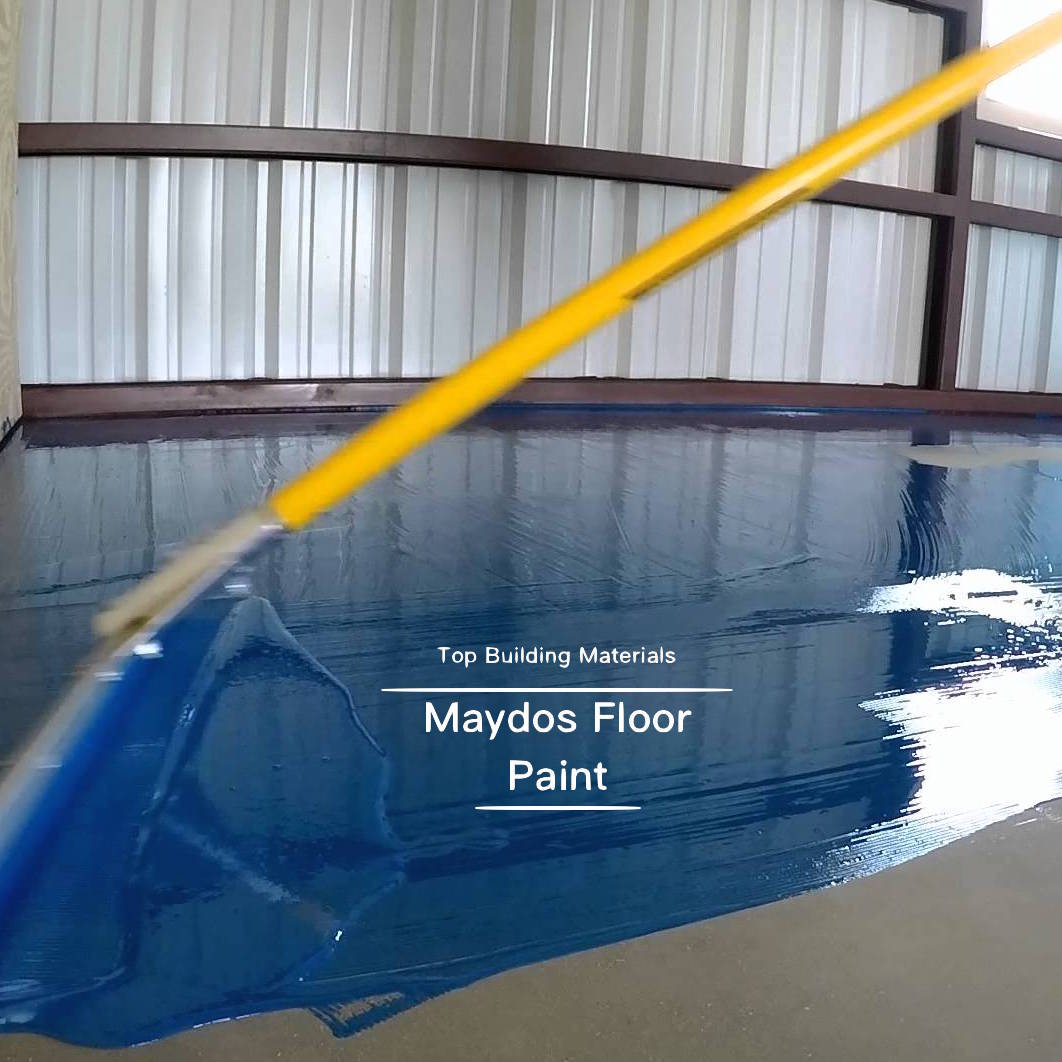Wood Paint Epoxy
Epoxy paints and coatings transform wood into durable, easy-to-maintain surfaces. These protective solutions shield floors from moisture and chemicals while also bringing out the natural beauty of the material.
System Three Coating Epoxies can be used as the sole finish or implemented as a high-build protective sealer. Our Ultra Wall industrial epoxy paint dries to an impact, abrasion and chemical resistant coating that rolls on walls without sagging or running.
Aesthetics
There are many ways to protect wood surfaces, but epoxy coatings and paints provide a blend of protection and aesthetics. These coatings are available in a variety of colors and textures to create the perfect look for your home or business. They can be applied to a variety of materials including concrete, metal, glass, and wood.
Epoxy can be used to decorate, revitalize, and protect wooden tables, floors, and furniture. It is a great option for garage floors because it can withstand the spills of automotive fluids, chemicals, and equipment. Epoxy is also a great option for commercial spaces because it can be customized with a wide range of patterns and colors.
Unlike other materials, epoxy is very durable and can resist impacts, scratches, and water damage. It is easy to clean and maintain, making it a good choice for flooring. Additionally, it has a high gloss and beautiful appearance, so you can enjoy the beauty of your wooden surface for a long time.
In addition to being waterproof, epoxy is also stain-resistant. It can be wiped down with a damp cloth or sponge and will keep its shine and color for an extended period of time. Epoxy can also be used as a sealant on countertops and other surfaces.
To apply epoxy, it is important to prepare the surface properly. The area should be cleaned thoroughly to remove dirt and dust, and then sanded down to create a smooth, even surface. It is also recommended that you use a primer before applying the epoxy, which will help to improve adhesion and increase the durability of your finish.
Once the primer has dried, you can apply the epoxy resin. Be sure to use a plastic cup with indentations, as this will make it easier to measure out the epoxy and hardener. Mix the resin and hardener together according to the manufacturer’s instructions. Once mixed, the epoxy will begin to take on a gel-like consistency. During this stage, it is important to watch for air bubbles and to pop them as soon as possible. This can be done by running a heat gun or torch over the surface.
Strength
Aesthetics are important, but a good epoxy coating needs to be able to hold up against serious abuse. That’s why these materials go through a number of strength tests. The four most common tests are bond, flexural, impact and chemical resistance. These tests allow companies to see whether or not their products are ready for the real world, so you can be sure you’re getting a product that will work for your application.
Before you begin a project with Wood paint Epoxy, it’s best to clean the surface thoroughly. This will remove any dirt or mildew and prevent it from being absorbed into the epoxy when you’re painting. You can do this by using a power washer or scrub brush. Once the area is completely dry, you can then begin the process of mixing your epoxy. It’s important that you do this in a warm, dry environment. This will keep the epoxy from cooling too quickly and cause air bubbles in the finished coat.
You can buy wood epoxy in kits that contain both the resin and hardener. These can be mixed together easily, but it’s important to follow the instructions on the label closely to ensure you get the right ratio. When mixing, it’s also important to wear gloves to protect your hands from the harsh chemicals in the epoxy. Alternatively, you can add pigments to the epoxy resin to create different colors. In these cases, use smaller, clean and dry mixing cups to combine the mixture. Pour the mix slowly to avoid causing air bubbles.
Once your epoxy is mixed, it’s time to start painting. Start with a thin coat, around 1/2 fluid ounce per square foot. It’s important to cover all areas of the surface, including the edges and corners. If you’re applying the epoxy to a vertical surface, it’s a good idea to use a foam roller and disposable natural bristle brush. This will help you reach the corners of the wall without dripping or sagging.
Epoxy is a popular option for restoring old hardwood floors. It’s easy to apply and provides a durable finish that can withstand heavy traffic and harsh weather conditions. The material is also highly chemical resistant, making it a great choice for a variety of applications.
Durability
Wood is a beautiful material that adds a natural look to any space. It can be stained or painted in a variety of colors to suit any taste and decor. Epoxy coatings can be used to create a durable and hard-wearing surface for wood that is resistant to scratches, impacts, and water damage. Epoxy coatings can also be used to make old and worn wood look like new again. However, it is important to choose the right epoxy for your project. Some types of epoxy are better suited to certain types of wood, and some types of wood may need additional preparation to ensure that the coating adheres well.
A good epoxy for wood should be non-toxic, non-corrosive, and easy to apply. It should also be abrasion-resistant and stain-resistant. It should be available in a wide range of finishes, including clear, satin, and gloss. It should be available from a trusted manufacturer and meet all industry standards. The manufacturer should be able to provide customer reviews and testimonials to help you determine if the product is a good fit for your needs.
Before applying an epoxy coating, the wood must be clean and dry. Any high moisture content can interfere with the adhesion of the epoxy. The working environment should be as clean as possible to prevent dust from getting into the wet epoxy.
The resin and catalyst should be thoroughly mixed in a bucket for at least five minutes using a wooden stir stick. This step is crucial to achieving an even and consistent coating. If the epoxy is not stirred properly, it will become lumpy and streaky.
Once the mixture is thoroughly mixed, it can be poured onto the wood. It is important to pour the epoxy evenly to prevent puddles. Once the epoxy is poured, allow it to sit for 10 minutes. If air bubbles rise to the surface, you can use a heat gun, torch, or hair dryer to pop them.
Wood paint epoxy is an excellent choice for garage floors, but it can also be used in living spaces to provide a barefoot-friendly textured finish. The anti-slip properties of the epoxy will keep your family safe from injury, and the textured finish will look great in any room.
Maintenance
Wood paint epoxy is a very hard coating that provides excellent protection from impact damage. It is also highly resistant to water damage and scratches. It is often used on boats to protect their interiors from wear and tear, or in commercial buildings to prevent water damage. It is important to choose a quality product that will last and be easy to clean.
It is essential to prepare the surface before applying an epoxy coating. All surfaces should be clean and free of mildew, dirt and other debris. The area should be sanded down and wiped down with acetone or alcohol before proceeding to apply the epoxy. It is best to work on a day that is not sunny or hot. The plywood will outgas on a bright warm day and this can cause microbubbles in the epoxy coating. This can lead to a wavy, uneven appearance in the coating that is not attractive.
Epoxy should not be applied to soft or rotting wood, as it will trap the moisture beneath it, speeding up the decomposition process. If the soft wood is unable to be reshaped and repaired, replacement may be necessary. In this case, the soft wood should be replaced with a similar piece that is rot-resistant.
The wood that is being coated with epoxy should be thoroughly sanded, using 80-grit paper. It is important to have all the tools you need ready before beginning the mixing process, as epoxy will begin to set up very quickly. It is important to follow all the directions for mixing, as the ratios can vary by brand. It is a good idea to have someone helping with the application so that mistakes can be caught and corrected immediately.
Once the surface has been sanded, a flood coat of Industrial clear should be applied to seal the sanding dust. This will help the next coat of epoxy adhere to the surface. It is important to allow this to dry completely before applying more epoxy.
The wood should be allowed to dry for a week or longer before applying more epoxy. This will prevent trapped moisture from continuing the decomposition process, and it will also ensure that the epoxy will adhere to the substrate.





















